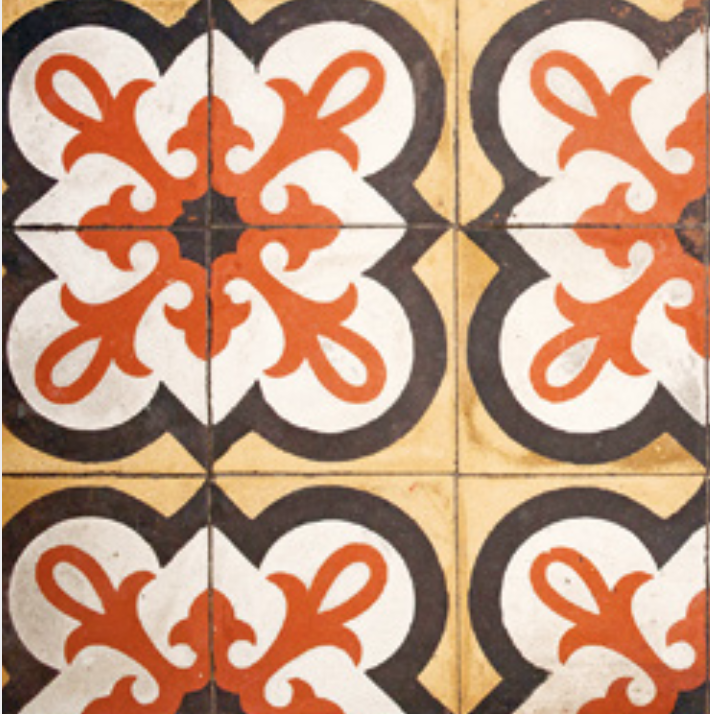Tiles of Santiago Identity element in the old neighborhoods of Santiago
Main Article Content
Abstract
The baldosas de Santiago project (tiles of Santiago project) seeks to be a contribution to the appreciation of ornamental design and urban heritage of our city, investigating its history and recognizing its aesthetic and functional values. The research proposes a rescue of designs, patterns of use and colors in hydraulic floor tiles of old neighborhoods of the city of Santiago de Chile. The areas studied are the districts of Santiago, Providencia and Recoleta, adjacent to each other and with an enormous wealth of iconic and heritage buildings. During the development of the research, it was possible to rescue and classify more than 150 types of modular designs of decorated tiles, a series of color palettes, and organize the information compiled according to their use in the following typologies; domestic, meeting spaces, modern movement architecture and use in hospitals and iconic buildings of the city. Results of the research were disseminated in an exhibition at the Palacio de La Moneda Cultural Center (200,000 visitors) from November 2016 to April 2017, a publication of 1,000 copies, talks and three workshops related to tile manufacturing and polishing processes.
Article Details
References
Booth, R. (2013). Higiene Pública y Movilidad Urbana en el Santiago de 1900. Revista ARQ (online), 85.
Hernández, F. (2009). Las antiguas baldosas fábricas de mosaico hidráulico en Navarra. Cuadernos de Etnología y Etnografía de Navarra, 84.
Institut de Promocio Ceràmica. El Mosaico Hidráulico. Castellón: Institut de Promocio Ceràmica.
Maillard, C. (2012). Construcción social del patrimonio. En: Daniel Marsal, Hecho en Chile, Reflexiones en torno al patrimonio cultural.
Unesco (2000). Carta de Cracovia, Principios para la conservación y restauración del patrimonio construido.


